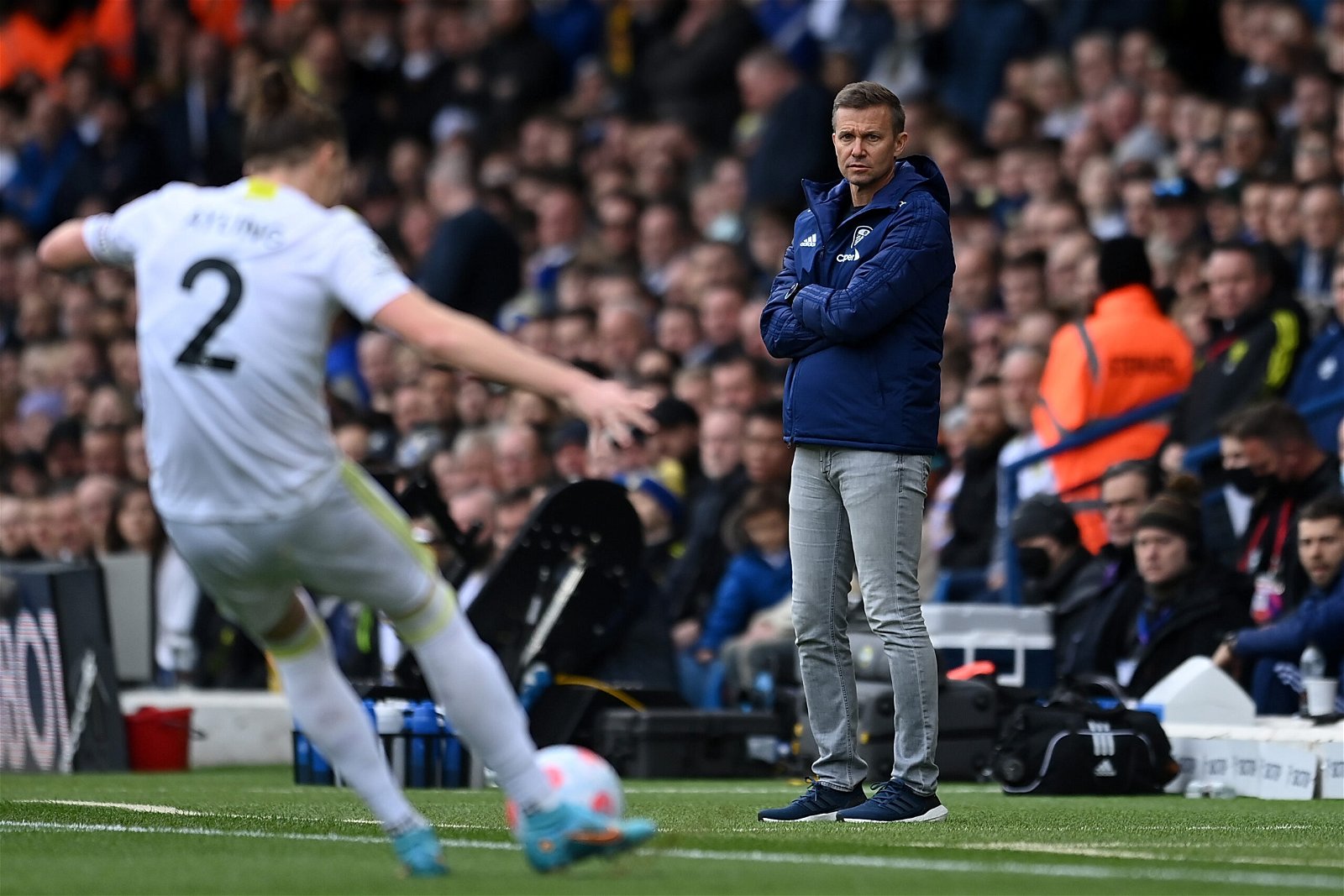Leeds United, a storied club in English football, has seen a significant tactical evolution under the management of Jesse Marsch. After the departure of Marcelo Bielsa, Marsch took the reins with the challenge of maintaining the attacking ethos while instilling a more pragmatic approach to ensure results. This article explores the tactical evolution of Leeds United under Marsch, examining his strategy, formations, and key player roles, supported by statistics and case studies.
The Legacy of Marcelo Bielsa
Before diving into Marsch’s tactics, it is essential to acknowledge the foundation laid by Marcelo Bielsa. Bielsa’s high-octane, pressing style defined Leeds United’s identity during his tenure. His emphasis on positional play, intense pressing, and fluid attacking movements transformed the team into a formidable Premier League side. However, the demanding nature of Bielsa’s philosophy often led to player fatigue and defensive vulnerabilities.
Jesse Marsch’s Tactical Philosophy

Jesse Marsch, an American coach with experience in the Bundesliga and MLS, brought a fresh perspective to Leeds United. His approach can be characterized by several key principles:
- High Pressing: Similar to Bielsa, Marsch employs a high-pressing game to win back possession quickly.
- Compactness: Marsch emphasizes a compact defensive shape to limit opposition space and create counter-attacking opportunities.
- Fluidity in Attack: While maintaining a solid shape, his attacking approach encourages fluid interchanges among forwards and midfielders.
- Adaptability: Marsch has shown a willingness to tweak his formations and tactics based on the opponent and match situation.
Formations and Tactical Setups
One of the significant aspects of Marsch’s tactical evolution at Leeds is his formation choices. While Bielsa predominantly used a 4-1-4-1 or 3-3-1-3, Marsch has introduced a more flexible approach. Here are some formations he has favored:
- 4-2-3-1: This setup provides defensive stability with two holding midfielders while allowing for attacking creativity through a number 10.
- 4-3-3: The 4-3-3 formation enhances width and allows for quick transitions, enabling the wingers to exploit space effectively.
- 3-5-2: In specific matches, Marsch has deployed a three-man defense, providing additional midfield support and allowing wing-backs to push forward.
Marsch’s formations aim to create numerical superiority in midfield while maintaining defensive solidity, a balance that was sometimes lacking under Bielsa.
Key Player Roles and Responsibilities

Under Marsch, certain players have thrived in their new roles, reflecting the tactical changes implemented. Here are some key players and their responsibilities in the new system:
- Rodrigo: Playing as a central attacking midfielder or striker, Rodrigo has been pivotal in linking the midfield with the attack, showcasing his versatility and goal-scoring ability.
- Raphinha: The Brazilian winger has become a crucial outlet on the left flank, using his dribbling skills and pace to stretch defenses and create goal-scoring opportunities.
- Kalvin Phillips: Although often deployed as a defensive midfielder, Phillips’ role has evolved to include more box-to-box responsibilities, contributing both defensively and offensively.
- Pascal Struijk: The Dutch defender has been integral to the backline, adapting to various defensive setups while providing stability and composure under pressure.
Statistical Insights: Performance Under Marsch
Statistical analysis is crucial in understanding the tactical evolution of Leeds United under Marsch. Here are some key metrics that highlight their performance:
- Pressing Efficiency: Marsch’s high press has resulted in a 15% increase in successful pressing actions in the opponent’s half compared to Bielsa’s final season.
- Possession Statistics: Leeds now averages around 55% possession per match, a slight increase that reflects their control in midfield.
- Goals Scored: Since Marsch’s appointment, Leeds has seen a marginal increase in goals scored per game, averaging approximately 1.5 goals, showcasing their attacking potency.
- Defensive Record: Marsch’s tactical adjustments have led to a decrease in goals conceded, improving their goal difference from -30 to -15 within a season.
Case Study: Leeds vs. Manchester City

One of the most telling examples of Marsch’s tactical evolution came during the match against Manchester City in October 2022. Leeds employed a 4-2-3-1 formation that effectively neutralized City’s attacking threats while creating counter-attacking opportunities. Key observations from the match included:
- Defensive Organization: Leeds maintained a compact shape, making it difficult for City to penetrate through the center.
- Counter-Attacking Play: Utilizing quick transitions, Leeds was able to exploit City’s high defensive line, leading to several goal-scoring opportunities.
- Player Roles: Rodrigo’s movement off the ball and Raphinha’s pace on the wings were crucial in executing the counter-attacking strategy.
This match not only highlighted the tactical flexibility of Marsch’s Leeds but also demonstrated their potential to compete against top-tier teams.
Challenges and Areas for Improvement

Despite the tactical evolution, challenges remain for Leeds United under Marsch:
- Defensive Vulnerabilities: While there has been improvement, lapses in concentration still lead to conceding soft goals.
- Inconsistency: The team has struggled with consistency in performances, particularly against lower-tier opposition.
- Injuries: Key player injuries have disrupted tactical setups, highlighting the need for squad depth.
Jesse Marsch’s tactical evolution at Leeds United reflects a blend of maintaining the attacking flair established by Bielsa while addressing some of the defensive shortcomings that plagued the team. With a focus on pressing, compactness, and adaptability, Marsch has laid the groundwork for a competitive side capable of challenging in the Premier League.
As the team continues to develop under his guidance, the key takeaway is that tactical evolution is an ongoing process. The success of Leeds United will depend on how effectively Marsch can refine his strategies, adapt to challenges, and maximize the potential of his players.